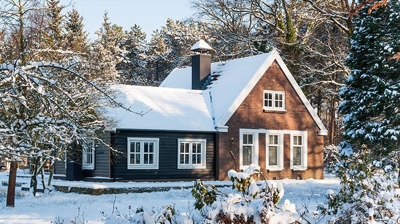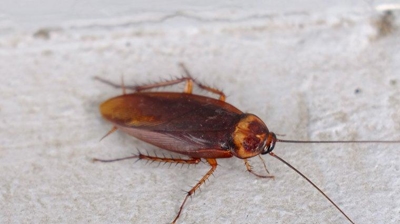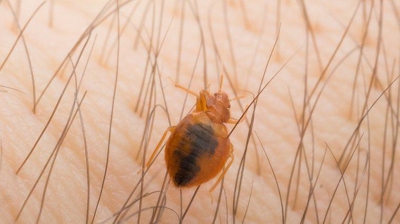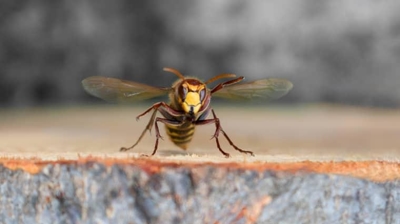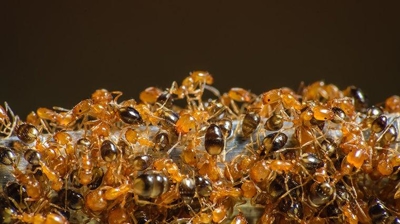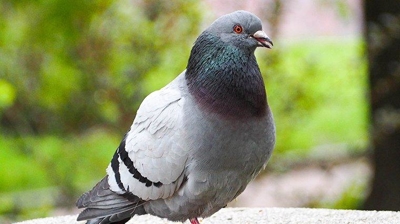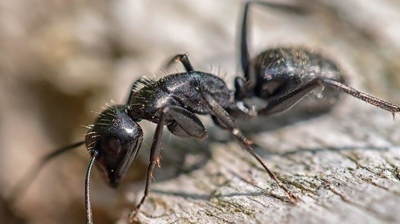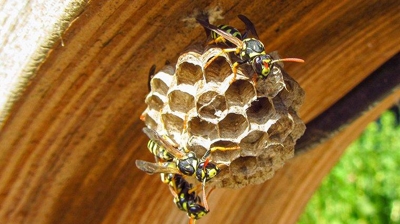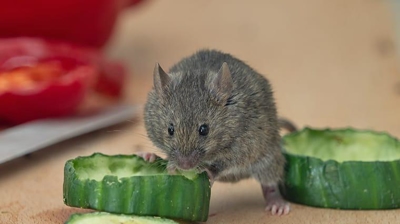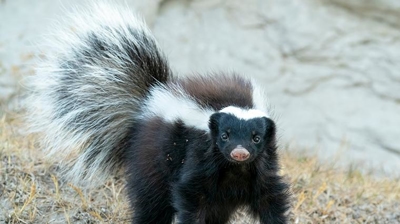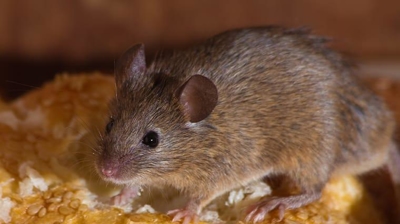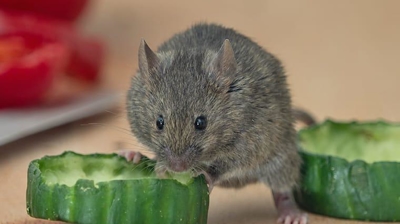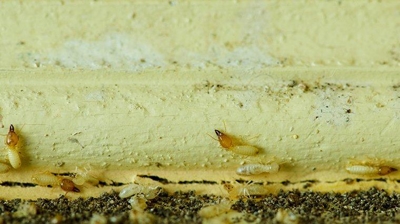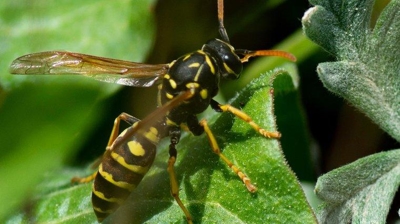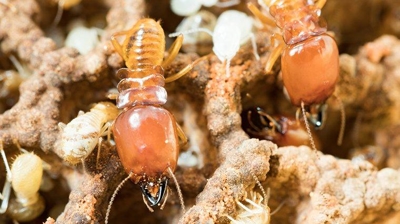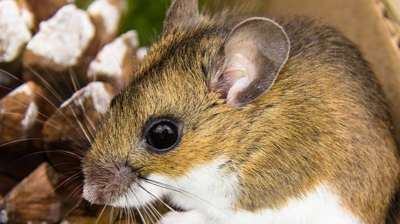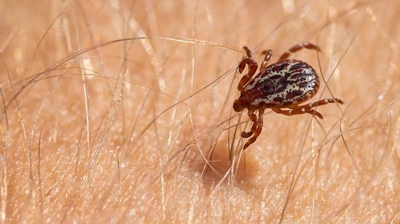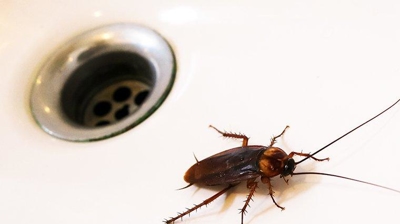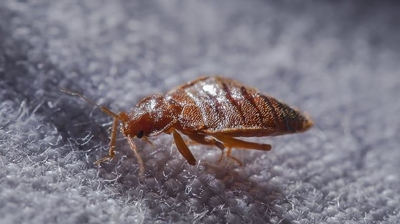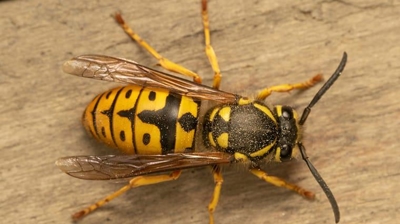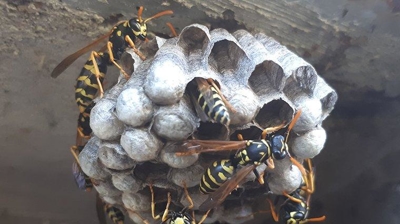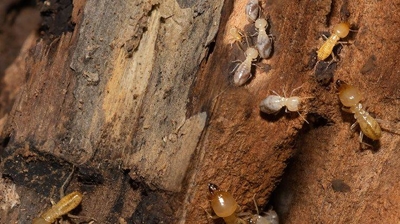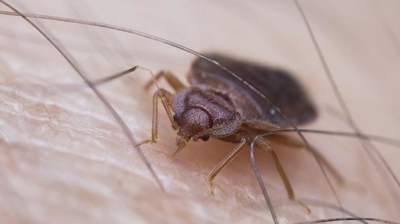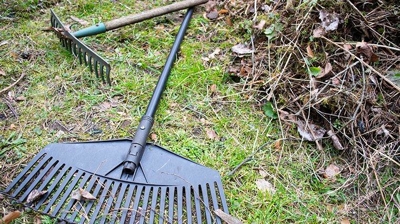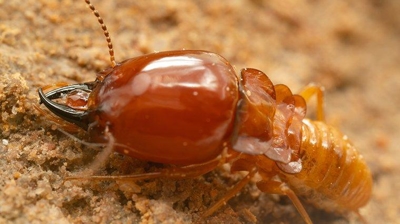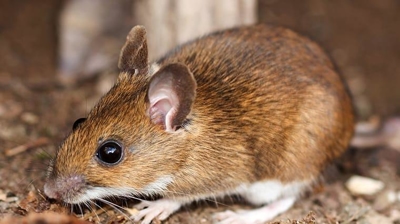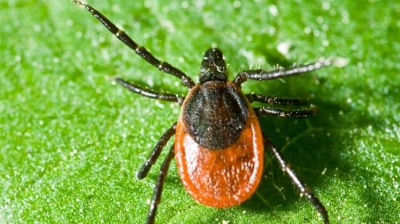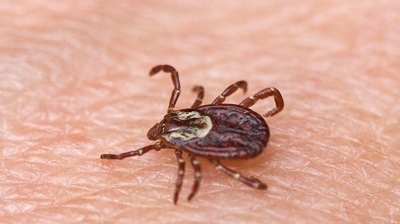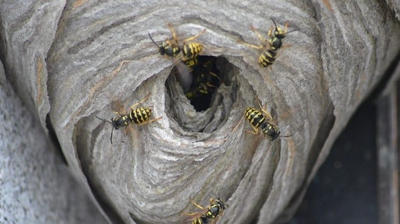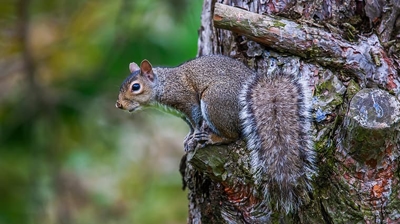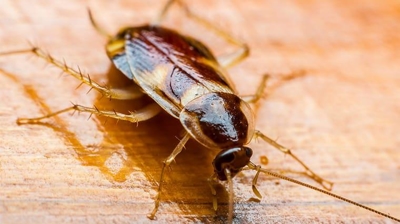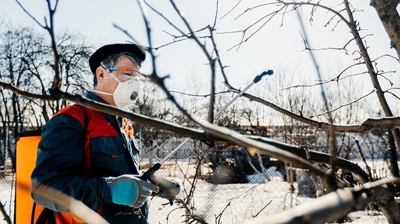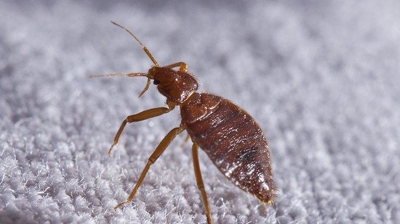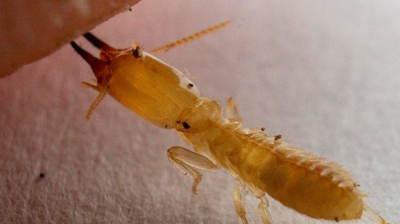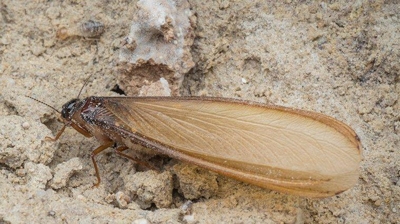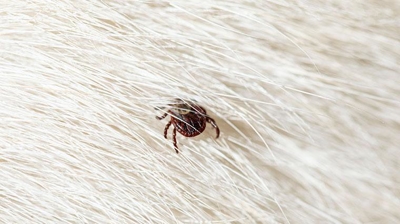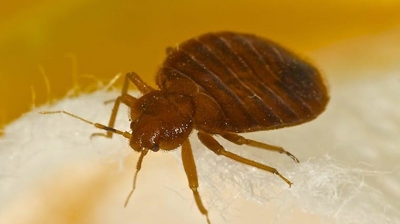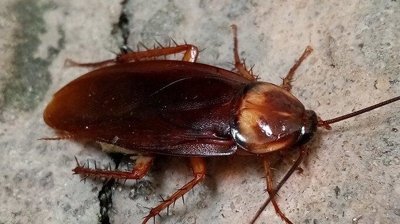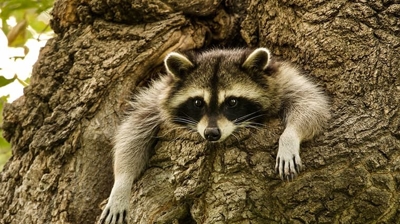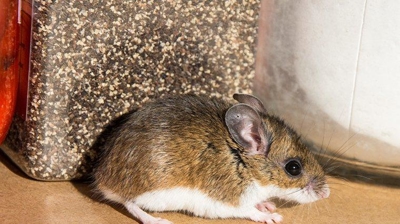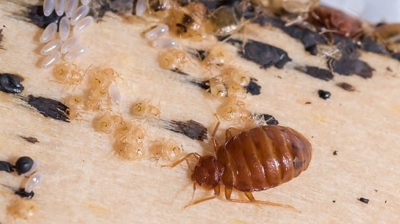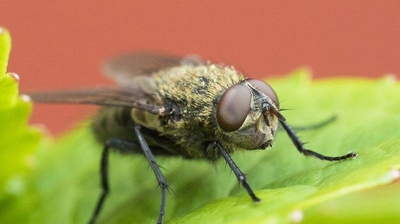
Stinging Insect Identification Guide
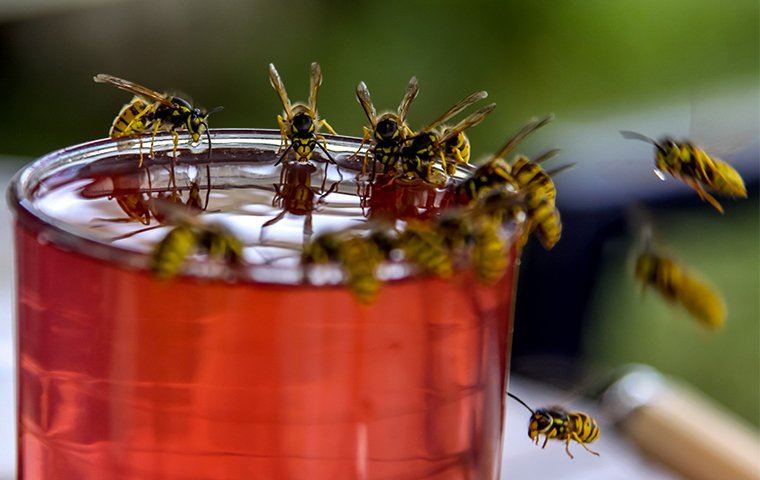
What are stinging insects?
Stinging insects all have stingers they use to paralyze their prey and defend themselves. Stinging insects living outside away from people are environmentally beneficial because some pollinate crops and plants, and others feed on and control populations of nuisance insects. Stinging insects in New Haven become unwanted when they nest near homes because of the dangers they pose to people. Most species are very social and live in colonies with thousands of members.
Hornets, paper wasps, and yellow jackets are all examples of stinging insects living throughout our area of Connecticut:
Hornets
The European hornet is the only true species hornet living in the United States. They are large insects with a yellow and brown color pattern. The bald-faced hornet lives throughout the U.S. but is not a true hornet and is actually a close relative of the yellow jacket. Bald-faced hornets are black except for their mostly white faces.
Paper wasps
The paper wasp is a common species of wasp. They have pinched waists and long, thin legs that dangle below their bodies when flying. Their bodies are black or brown with yellow or orange markings.
Yellow jackets
Yellow jackets are another common species of wasp living in the United States. They are usually identified by their thin waists and well-defined black and yellow-striped pattern.
Are stinging insects dangerous?
Stinging insects become dangerous pests when they place their nests in a high-traffic areas. Their nests often go unnoticed by people until they accidentally walk on, over, or near them. Stinging insects view you as a threat and will retaliate by stinging. Hornets, wasps, and yellow jackets all have smooth stingers, which makes them capable of inflicting repeated stings – delivering more venom each time. Their venom is strong enough to trigger allergic reactions in some and, depending on the individual, anaphylaxis may occur.
Why do I have a stinging insect problem?
Stinging insects are very attracted to our yards because, unfortunately, our yards provide them with everything they need to live and thrive such as easy access to multiple food and water sources, and plenty of nesting spots. Yellow jackets, in particular, like to live near people and are very problematic around outdoor eating areas and at outdoor events.
The following may attract stinging insects to a property:
- Birdbaths
- Bushes, shrubs, and trees
- Clogged gutters
- Compost bins
- Garbage cans
- Gardens
- Outdoor eating areas
Where will I find stinging insects?
Stinging insects are outdoor pests but sometimes find their way into our homes, barns, garages, or other outbuildings to create nests. Different species of stinging insects have different nesting preferences. Wasps hang their nests from tree branches, shrubs, underneath porch ceilings, deck railings, roof eaves, and in the corner of doorways. Hornets choose to nest in hollow trees, barns, attics, and behind wall voids. Ground-nesting species such as yellow jackets place their nests in the ground, in between rocks crevices, or under woodpiles. They also build their nests inside attics and wall voids.
How do I get rid of stinging insects?
Here at Connecticut Pest Elimination, our dedicated and licensed pest technicians provide the comprehensive pest control services needed to eliminate stinging insects and other common pests and keep them from returning! Guard your home or business against pests with the help of a local, full-service pest control company with over 27 years of experience. For more information about our commercial exterminator services and residential pest control programs, reach out to Connecticut Pest Elimination today!
How can I prevent stinging insects in the future?
In addition to our professional services, the following prevention tips will help you to avoid problems with stinging insects here in Connecticut:
- Cut branches back away from the exterior walls of your home or business.
- Make sure compost bins have tight-fitting lids on them.
- Keep outdoor eating areas free of food debris.
- Remove debris from clogged gutters.
- Fix leaky hoses and outdoor faucets.
- Place all trash in containers with locking lids.
- Seal any opening on the exterior of your property.
- Remove fallen trees, stumps, woodpiles, and other debris from your yard.
- Place garden areas as far away from the exterior of your property as possible.

-
“Highly Recommend!”
“The tech was fabulous. He called me before he arrived and let me know when he was outside the yard.”- Kathryn S. -
“A+ Company”
“The gentleman who serviced our home was very prompt and explained everything that he was going to do and what to expect.”- Satisfied Customer -
“Excellent Experience”
“CT Pest Elimination is a professional, knowledgeable, and courteous pest control company.”- Satisfied Customer -
“Professional Service”
“- Satisfied CustomerAndrew was very knowledgeable and took the time to answer my questions and make sure I understood everything he was doing and why.
” -
“Amazing Service!”
“Our Service from Drew was punctual, professional, honest, and polite!!”- Gretel M. -
“A+ Experience”
“Excellent follow-through!”- Tamara S.
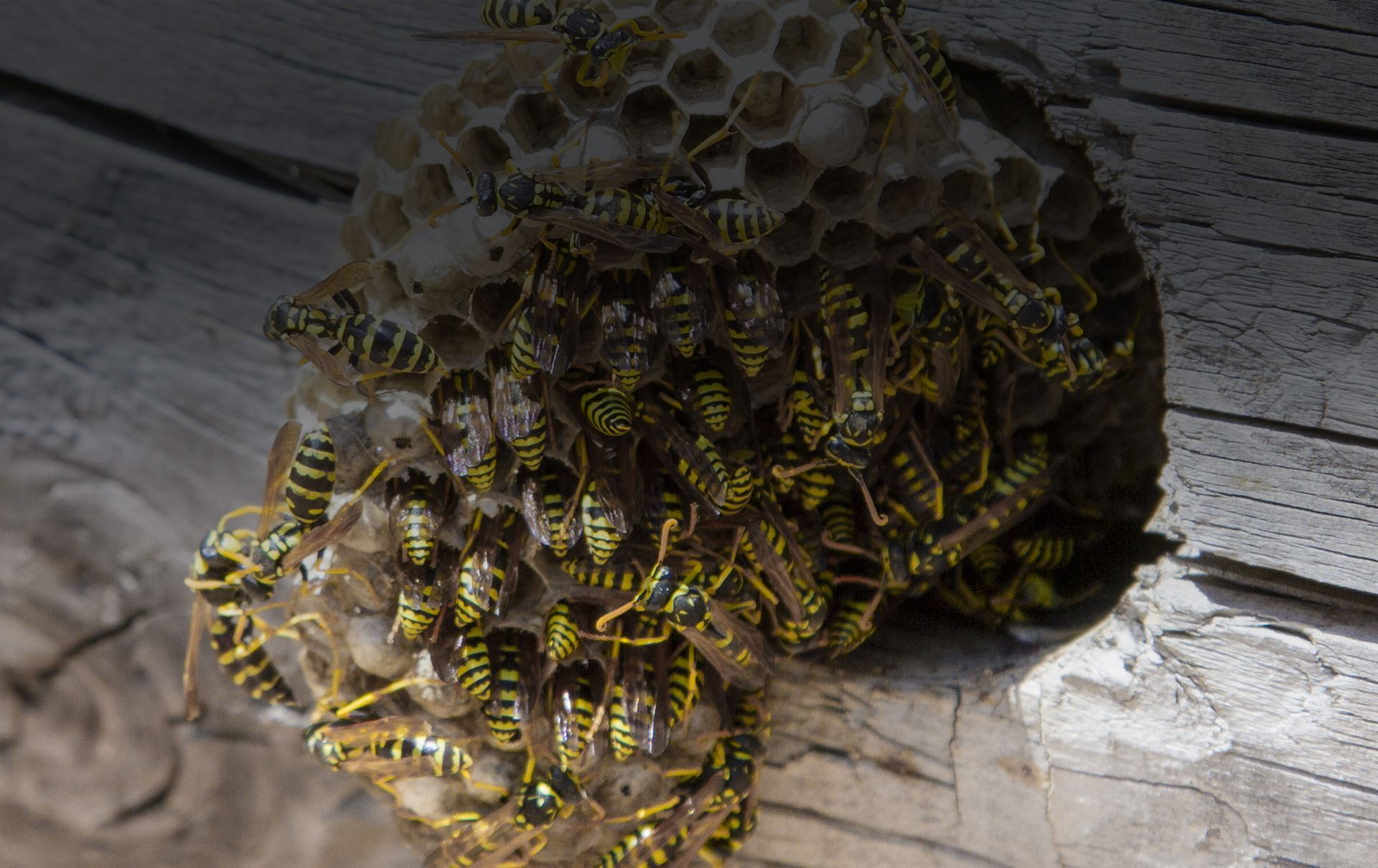
Stay in the Know!
Read Our Latest Blog Posts
-
 How Does The Cooler Weather Affect Pest Control In New Haven?Read More
How Does The Cooler Weather Affect Pest Control In New Haven?Read More -
 Why Carpenter Ants Invade New Haven HomesRead More
Why Carpenter Ants Invade New Haven HomesRead More -
 Has Wildlife Found Its Way Onto Your New Haven Property?Read More
Has Wildlife Found Its Way Onto Your New Haven Property?Read More -
 Everything New Haven Homeowners Need To Know About German CockroachesRead More
Everything New Haven Homeowners Need To Know About German CockroachesRead More -
 What New Haven Property Owners Ought To Know About Yellow Jacket ControlRead More
What New Haven Property Owners Ought To Know About Yellow Jacket ControlRead More -
 Carpenter Ants: What You Should Know And Why You Should CareRead More
Carpenter Ants: What You Should Know And Why You Should CareRead More -
 How To Keep The Nuisance Wildlife In New Haven At BayRead More
How To Keep The Nuisance Wildlife In New Haven At BayRead More -
 A Practical Guide To Carpenter Ant Control In New HavenRead More
A Practical Guide To Carpenter Ant Control In New HavenRead More -
 The Problems Wildlife Can Bring to New Haven PropertiesRead More
The Problems Wildlife Can Bring to New Haven PropertiesRead More -
 The Dangers Cockroaches Bring To New Haven HomesRead More
The Dangers Cockroaches Bring To New Haven HomesRead More -
 Carpenter Ants In New Haven Can Be A Real Problem For HomeownersRead More
Carpenter Ants In New Haven Can Be A Real Problem For HomeownersRead More -
 Commonly Told Myths About Bed Bugs In New HavenRead More
Commonly Told Myths About Bed Bugs In New HavenRead More -
 Hornet Infestations: The Dangers And How To Prevent Them In New HavenRead More
Hornet Infestations: The Dangers And How To Prevent Them In New HavenRead More -
 A Practical Guide To Dealing With Pharaoh Ants In New HavenRead More
A Practical Guide To Dealing With Pharaoh Ants In New HavenRead More -
 A Handy Guide To Wildlife Control For New Haven Property OwnersRead More
A Handy Guide To Wildlife Control For New Haven Property OwnersRead More -
 The Easiest Way To Get Rid Of Rodents In Your New Haven HomeRead More
The Easiest Way To Get Rid Of Rodents In Your New Haven HomeRead More -
 How Can I Tell If My New Haven Home Has Carpenter Ants?Read More
How Can I Tell If My New Haven Home Has Carpenter Ants?Read More -
 How To Keep Problematic Wasps Away From Your New Haven PropertyRead More
How To Keep Problematic Wasps Away From Your New Haven PropertyRead More -
 All You Need To Know About Bed BugsRead More
All You Need To Know About Bed BugsRead More -
 How A Tiny Mouse Can Cause Big Problems In Your New Haven HomeRead More
How A Tiny Mouse Can Cause Big Problems In Your New Haven HomeRead More -
 The Secret To Keeping Mice Out Of Your New Haven HomeRead More
The Secret To Keeping Mice Out Of Your New Haven HomeRead More -
 How To Easily Deter Nuisance Wildlife In New HavenRead More
How To Easily Deter Nuisance Wildlife In New HavenRead More -
 How To Protect Your New Haven Property From TermitesRead More
How To Protect Your New Haven Property From TermitesRead More -
 Are Cockroaches Invading Your Space?Read More
Are Cockroaches Invading Your Space?Read More -
 Tips To Avoid Thanksgiving Rodent Problems In StamfordRead More
Tips To Avoid Thanksgiving Rodent Problems In StamfordRead More -
 Mice And Rats In Connecticut: How Do I Prevent Them?Read More
Mice And Rats In Connecticut: How Do I Prevent Them?Read More -
 How To Spot Signs Of Termite Activity Around Your New Haven PropertyRead More
How To Spot Signs Of Termite Activity Around Your New Haven PropertyRead More -
 How To Keep Dangerous Wasps Out Of Your New Haven YardRead More
How To Keep Dangerous Wasps Out Of Your New Haven YardRead More -
 Help! I Am Struggling With A Termite Infestation In New HavenRead More
Help! I Am Struggling With A Termite Infestation In New HavenRead More -
 Rodent Rundown: Keeping These Dangerous Pests Away From Your New Haven PropertyRead More
Rodent Rundown: Keeping These Dangerous Pests Away From Your New Haven PropertyRead More -
 The Easiest Way To Get Rid Of Ticks Around Your New Haven PropertyRead More
The Easiest Way To Get Rid Of Ticks Around Your New Haven PropertyRead More -
 Winter Pest Outlook For New Haven ResidentsRead More
Winter Pest Outlook For New Haven ResidentsRead More -
 How Dangerous Are Wasps In New Haven, CT?Read More
How Dangerous Are Wasps In New Haven, CT?Read More -
 New Haven's Complete Guide To Bed Bug IdentificationRead More
New Haven's Complete Guide To Bed Bug IdentificationRead More -
 Don't Let Stinging Insects Ruin Your Fourth Of July!Read More
Don't Let Stinging Insects Ruin Your Fourth Of July!Read More -
 Mice Can Bring More Than Just A Headache To Your New Haven HomeRead More
Mice Can Bring More Than Just A Headache To Your New Haven HomeRead More -
 A Helpful Guide To Paper Wasp ControlRead More
A Helpful Guide To Paper Wasp ControlRead More -
 How To Identify And Get Rid Of Termites In Your New Haven HomeRead More
How To Identify And Get Rid Of Termites In Your New Haven HomeRead More -
 Why Are There Bed Bugs In My New Haven Home?Read More
Why Are There Bed Bugs In My New Haven Home?Read More -
 Spring Pest Prevention 101: What Every New Haven Homeowner Needs To KnowRead More
Spring Pest Prevention 101: What Every New Haven Homeowner Needs To KnowRead More -
 How To Keep Termites Away From Your New Haven HomeRead More
How To Keep Termites Away From Your New Haven HomeRead More -
 The Truth About RodentsRead More
The Truth About RodentsRead More -
 How To Deal With Ticks When You're OutsideRead More
How To Deal With Ticks When You're OutsideRead More -
 What Everyone In New Haven Ought To Know About TicksRead More
What Everyone In New Haven Ought To Know About TicksRead More -
 Stinging Insects: The Do's And Don'tsRead More
Stinging Insects: The Do's And Don'tsRead More -
 Dealing With Nuisance Wildlife: Effective Strategies For Control And Prevention In New HavenRead More
Dealing With Nuisance Wildlife: Effective Strategies For Control And Prevention In New HavenRead More -
 Are Brown-Banded Cockroaches In New Haven Dangerous?Read More
Are Brown-Banded Cockroaches In New Haven Dangerous?Read More -
 How To Completely Eliminate A Cockroach Infestation In Your New Haven HomeRead More
How To Completely Eliminate A Cockroach Infestation In Your New Haven HomeRead More -
 Don't Let Stinging Insects Ruin Your Backyard Activities In New HavenRead More
Don't Let Stinging Insects Ruin Your Backyard Activities In New HavenRead More -
 Tick Prevention Tips Every New Haven Pet Owner Should KnowRead More
Tick Prevention Tips Every New Haven Pet Owner Should KnowRead More -
 Don't Forget About Pest Control During The Winter Season In New HavenRead More
Don't Forget About Pest Control During The Winter Season In New HavenRead More -
 How To Stop Bed Bug Infestations Before They Even Begin In New HavenRead More
How To Stop Bed Bug Infestations Before They Even Begin In New HavenRead More -
 What You Should Know About Termite Season In New HavenRead More
What You Should Know About Termite Season In New HavenRead More -
 Termite Season Is Upon Us In New HavenRead More
Termite Season Is Upon Us In New HavenRead More -
 Protect Yourself & Those You Love From Ticks In New Haven, CTRead More
Protect Yourself & Those You Love From Ticks In New Haven, CTRead More -
 Top Ten Bed Bug Myths, DebunkedRead More
Top Ten Bed Bug Myths, DebunkedRead More -
 New Haven’s Step-By-Step Guide to Cockroach ControlRead More
New Haven’s Step-By-Step Guide to Cockroach ControlRead More -
 A Guide To Effective Wildlife Control In New HavenRead More
A Guide To Effective Wildlife Control In New HavenRead More -
 New Haven’s Complete Guide To Effective Rodent ControlRead More
New Haven’s Complete Guide To Effective Rodent ControlRead More -
 Beating Bed Bugs In New Haven: Strategies For Swift And Effective TreatmentRead More
Beating Bed Bugs In New Haven: Strategies For Swift And Effective TreatmentRead More -
 Protecting Your New Haven Property From Winter PestsRead More
Protecting Your New Haven Property From Winter PestsRead More
